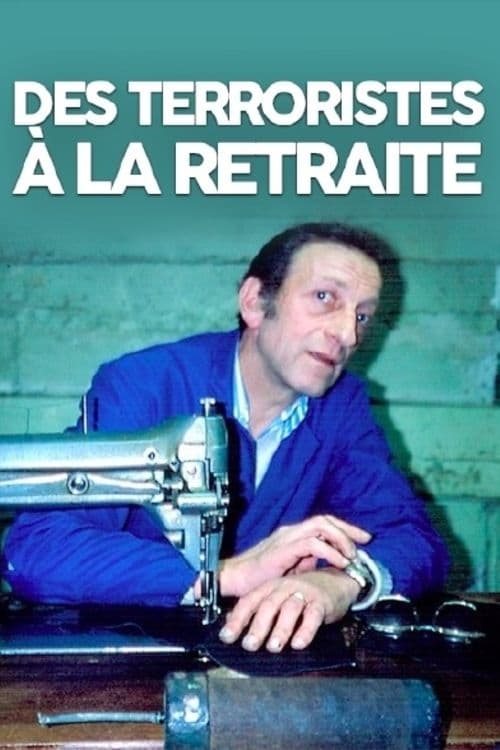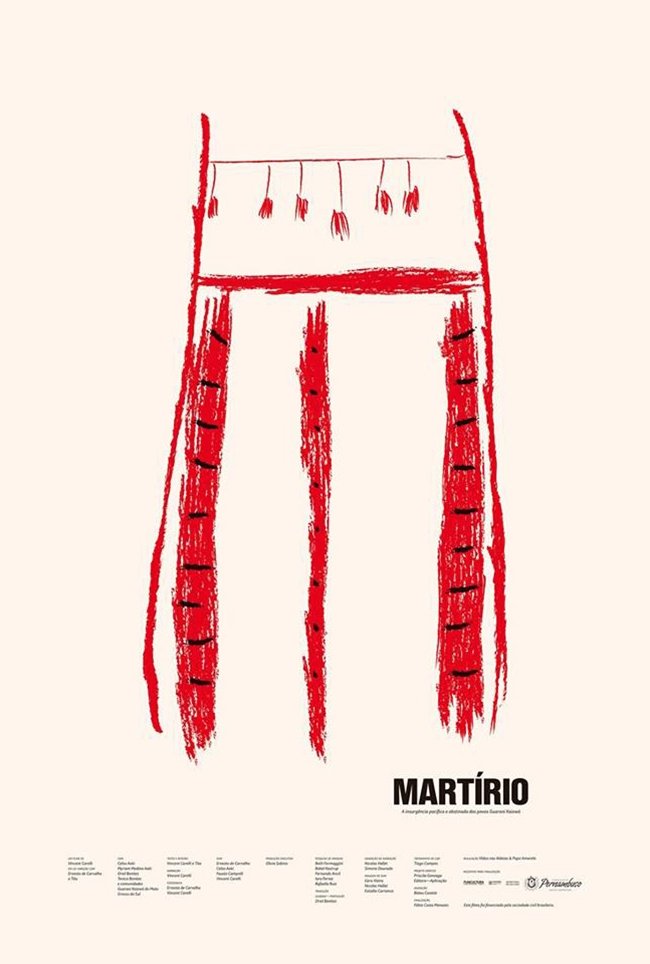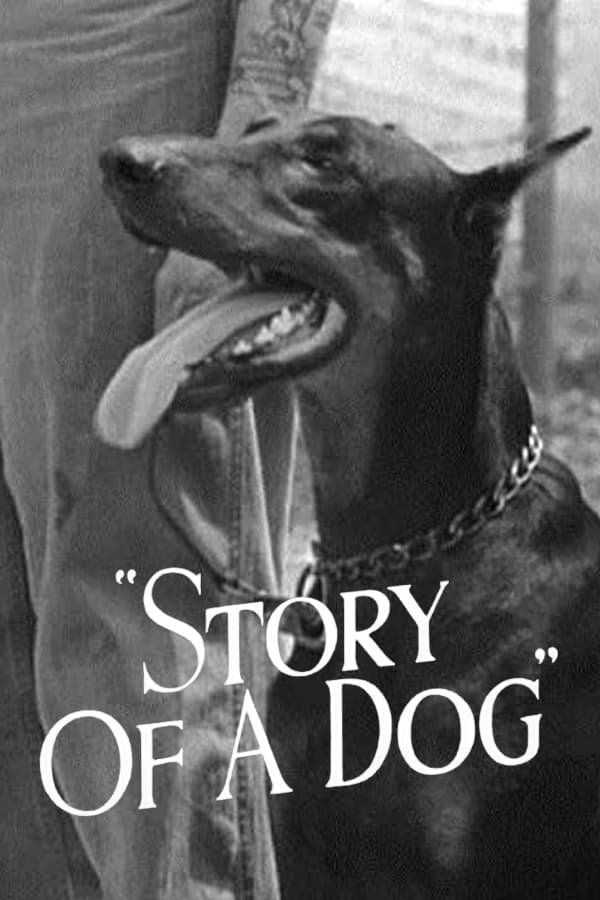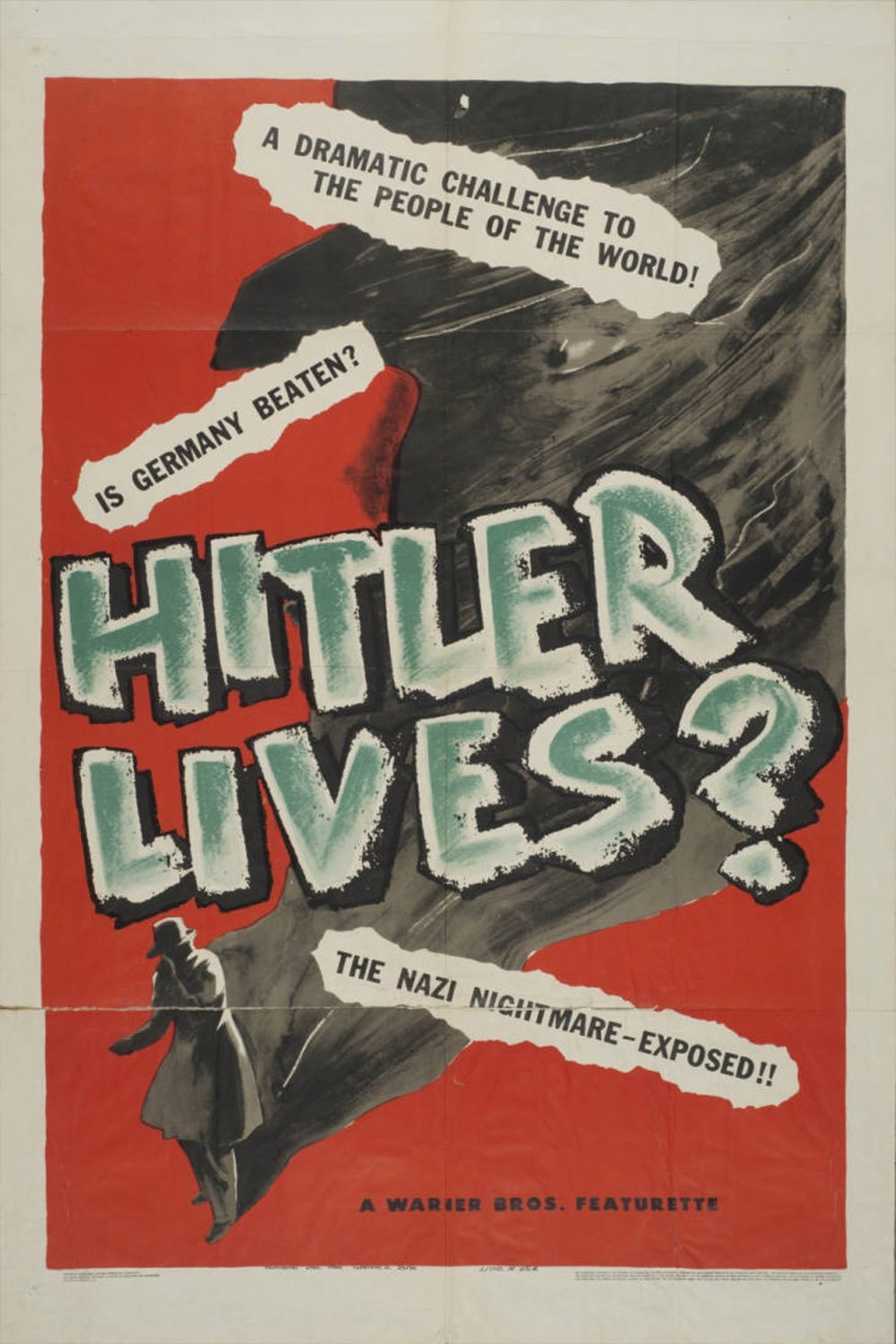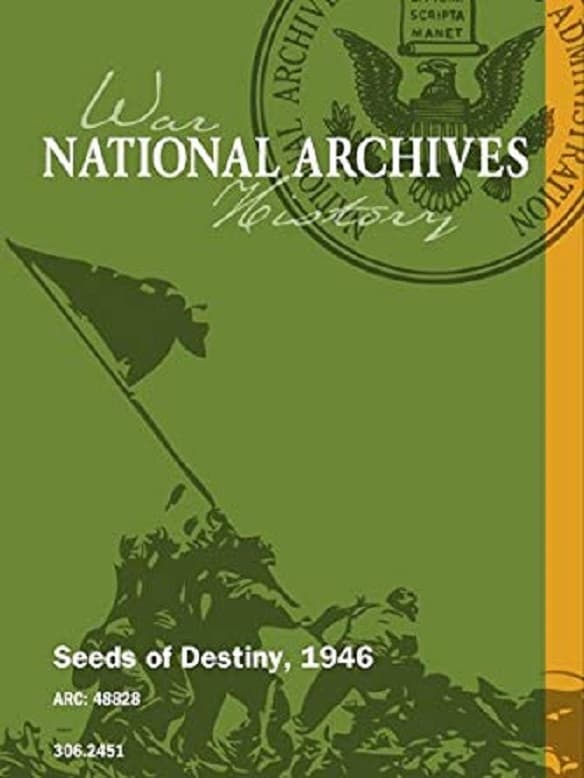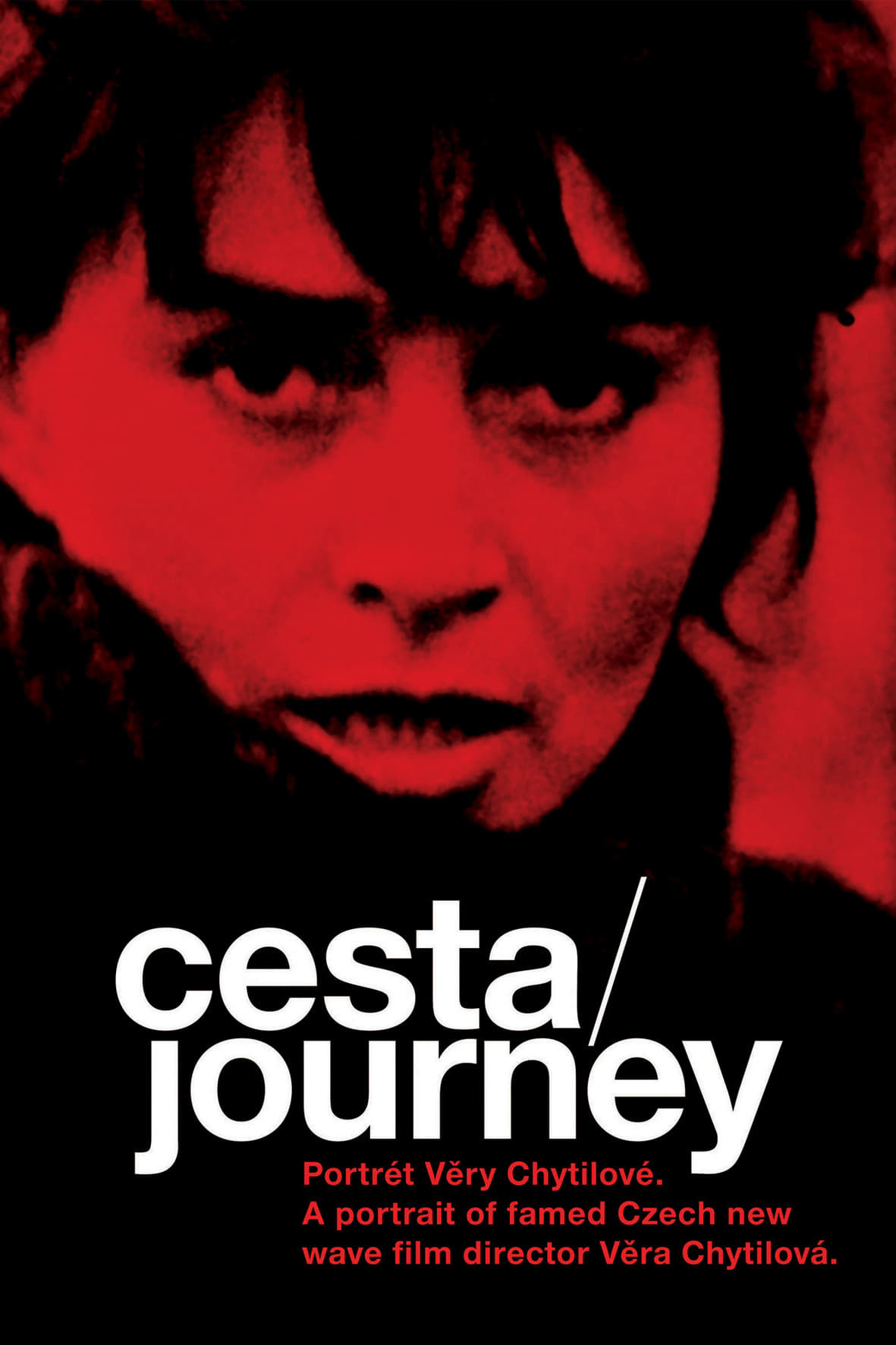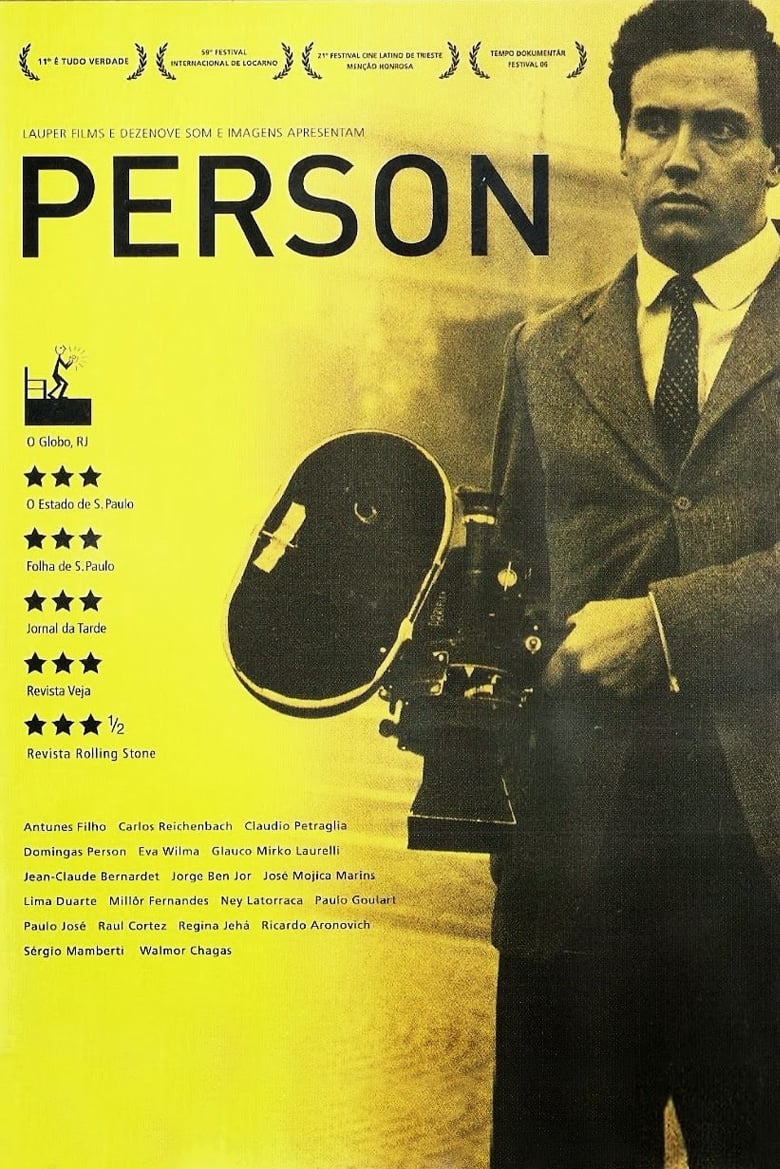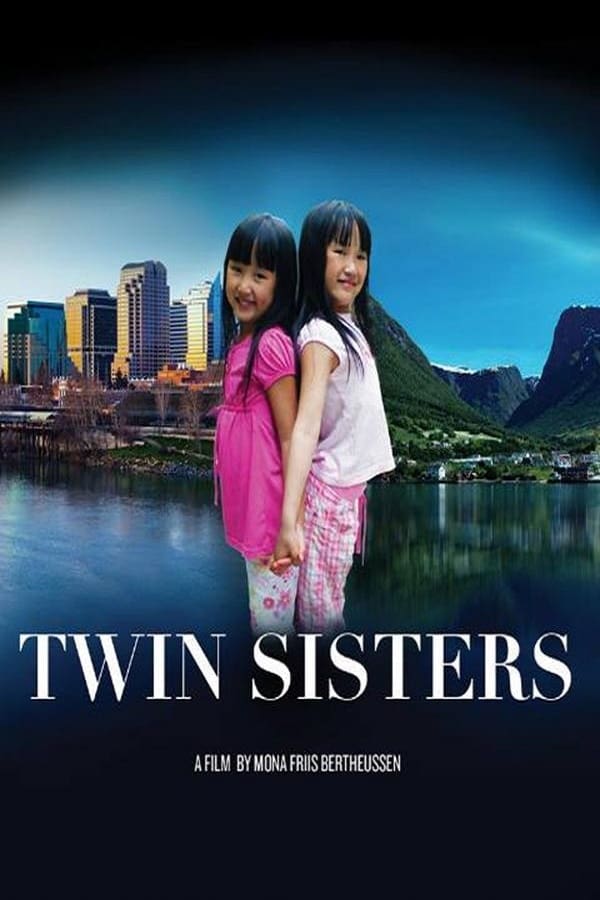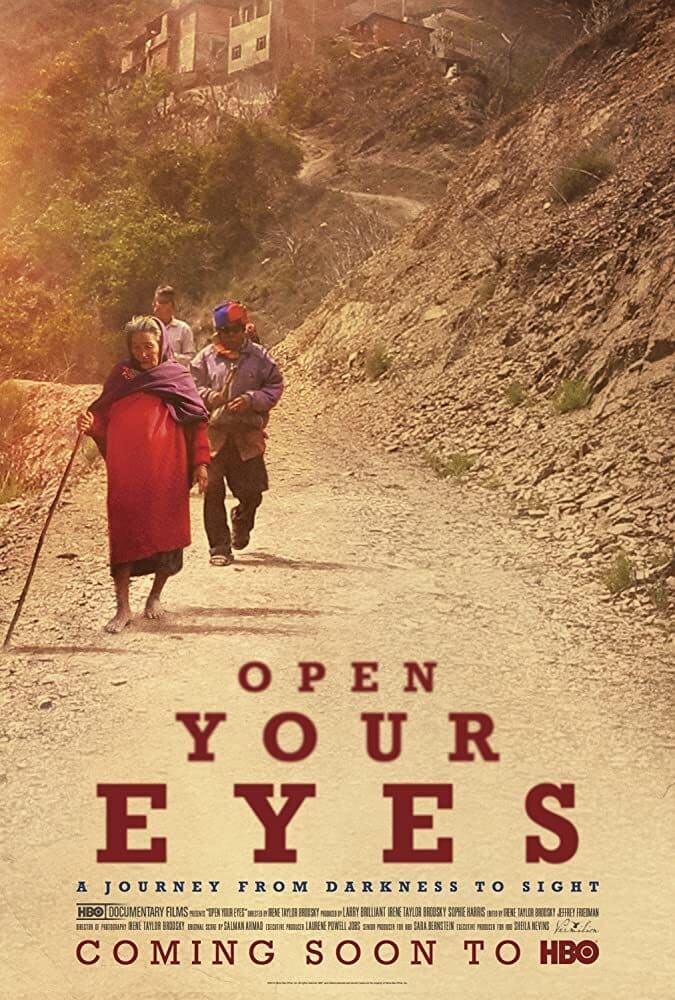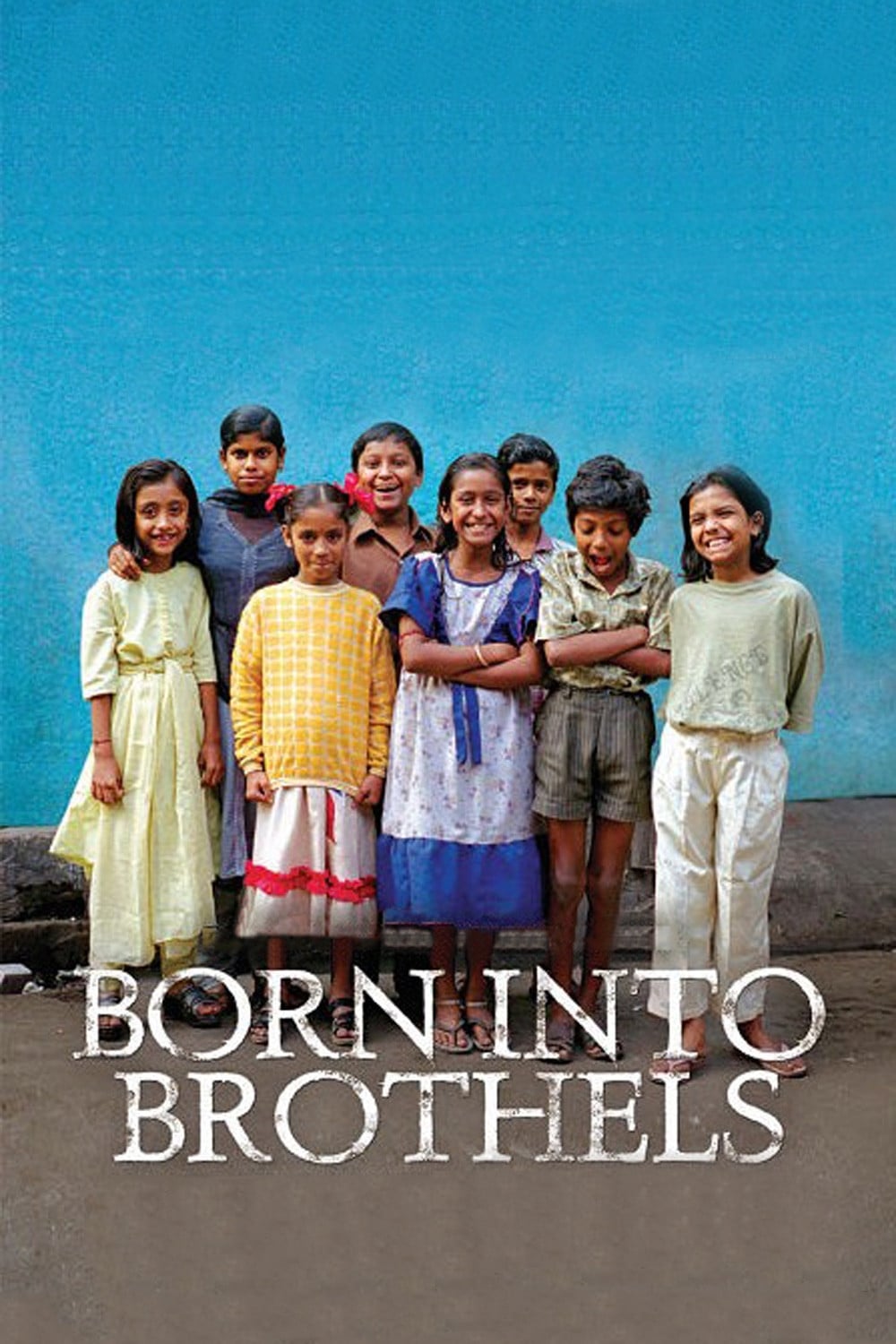Auf wiedersehen Finnland (2010)
Overview
Auf Wiedersehen Finnland deals with a largely silenced issue in Finnish history: the fate of Finnish women who left for Germany with German soldiers during the final stages of World War II.
Production Companies
Additional Info
| Budget | $0.00 |
|---|---|
| Revenue | $0.00 |
| Original Language | fi |
| Popularity | 0.65 |
Directed By
Virpi Suutari
TOP CAST
Similar Movies
Correspondences
Jorge de Sena was forced to leave his country. First he moved to Brazil, and later to the USA. He never returned to Portugal. During his 20-year-long exile, he kept an epistolary correspondence with Sophia de Mello Breyner Andresen. These letters are a testimony of the profound friendship between the two poets, letters of longing and of desire to “fill years of distance with hours of conversation”. Through excerpts and verses, a dialog is established, revealing their divergent opinions but mostly their strong bond, and their efforts to preserve it until their last breaths.
Terrorists in Retirement
Not just another documentary on the French resistance movement, this film focuses on one particular group of underground fighters in France: those from Eastern Europe. Many were Jews and all had fled their native countries before the war broke out. They were among the most staunch and fearless enemies of fascism, as shown here in personal interviews and memoirs of war-time experiences. But the most famous of these immigrants were 23 who were rounded up among several hundred Parisians in 1943, tried for their activities, and executed -- all were immigrants under the leadership of the Armenian poet Manouchian. After their execution, Paris was papered with posters decrying these 23 martyrs as "foreign communists."
A Man, When He Is a Man
What are the social climate and cultural traditions in Costa Rica which nurture "machismo" and allow the domination of women to continue in Latin America?
A Short History of the Highrise
“A Short History of the Highrise” is an interactive documentary that explores the 2,500-year global history of vertical living and issues of social equality in an increasingly urbanized world. The centerpiece of the project is four short films. The first three (“Mud,” “Concrete” and “Glass”) draw on The New York Times's extraordinary visual archives, a repository of millions of photographs that have largely been unseen in decades. Each film is intended to evoke a chapter in a storybook, with rhyming narration and photographs brought to life with intricate animation. The fourth chapter (“Home”) comprises images submitted by the public. The interactive experience incorporates the films and, like a visual accordion, allows viewers to dig deeper into the project’s themes with additional archival materials, text and microgames.
1st to Fight: Pacific War Marines
On the Pacific island of Guadalcanal in 1942, the famed 1st Marine Division — the oldest, largest and most decorated division of the U.S. Marine Corps — defeated Japanese forces in a turning point of WWII. This film documents the experiences of 1st Marine Division veterans who took part in the historic fight.
Martyrdom
Waving the flag that states every film is political, Vincent Carelli visibilizes in this documentary the cause of the Guarani-Kaiowá: a group of indigenous people that fear their lands, located in the Mato Grosso do Sul, will be confiscated by the State. A territorial conflict born more than one hundred years ago, during the Paraguay war. While fighting against the Brazilian Congress in order not to be evicted from their homes, the 50.000 indigenous people demand the demarcation of the space that belongs to them. With some rigorous investigative work, the Brazilian director tells with his own voice of the social and political injustices suffered by the Guarani people through material he filmed over the course of more than forty years. The archive images, both color and black and white, reveal the crudeness with which they coexist every day: among the violation of their civil rights and the guts with which they confront the usurpers.
Pauline Hanson: Please Explain!
Director Anna Broinowski explores how Pauline Hanson's speech in 1996 and the decades of debate that followed has influenced Australia today; the impact of her political career on modern multicultural Australia, and the people who have helped her transition from local fish shop owner to Member for Oxley. Featuring many of Hanson's critics, opponents, advisors and commentators, from former Prime Minister John Howard, to current members of the media, including Margo Kingston and Alan Jones; and leading Indigenous commentator, Professor Marcia Langton.
Story of a Dog
Story of a Dog is a 1945 short documentary film under the supervision of Gordon Hollingshead. In the film, a dog trains for the battlefield and becomes a crucial part of the United States military. It was nominated for an Oscar for Best Live Action Short, One-Reel.
Hitler Lives
This short film, produced at the end of WWII, warns that although Adolf Hitler is dead, his ideas live on.
Seeds of Destiny
Oscar winning postwar propaganda film in support of the United Nations Relief and Rehabilitation Administration. Strident but poignant, focusing on children. The film surveys the Nazi/Japanese atrocities, post-war devastation and the early relief efforts. This film was responsible for raising over $200,000,000, making it a top moneymaking film. Preserved by the Academy Film Archive in 2005.
The Uncles
A filmed conversation between Winton Dean and Jonathan Balcon about their fathers Basil Dean (1888 –1978) and Michael Balcon (1896 –1977). Both men helped to pave the way for the British film industry.
Person
Person is a documentary about the life and work of filmmaker Luiz Sérgio Person. The documentary brings the reconstruction of the history of the São Paulo filmmaker through the personal journey of his daughter, Marina. Through interviews with friends, family, and people who worked with Person, she seeks to discover more than dates and biographical data.
Twin Sisters
In 2003, the infant Chinese twin sisters Mia and Alexandra were found in a cardboard box. They ended up in an orphanage and were put up for adoption, at which time the authorities apparently decided that it was a good idea to separate them, and to keep silent about the fact that they were twins. Twin Sisters tells their story from the perspective of both sets of adoptive parents: one from Sacramento, California, the other from a tiny village in picturesque Norway. Through a series of coincidences that they later attribute to fate, the parents meet each other during the adoption procedure in China and launch an investigation that reveals the little girls are sisters.
Meet the Donors: Does Money Talk?
Alexandra Pelosi looks at money in politics and interviews wealthy donors to Republican and Democratic parties to ask them about their contributions and philosophies. Also: a look at efforts to enact campaign-finance reform.
Open Your Eyes
Living under the Himalayan sun, their eyes have slowly gone milky white. Manisara and Durga have cataracts, and their mountain home in Nepal has become a warren of darkness. Shot over three days, Open Your Eyes follows their extraordinary journey down the mountain for a chance to see again.
The Magical Life of Long Tack Sam
Long Tack Sam was an internationally renowned Chinese acrobat and magician. He overcame isolation, poverty, cultural and linguistic barriers, extreme racism and world wars to become one of the most successful vaudeville acts of his time. His showmanship was unrivalled, yet he refused to appear in movies because of the way Chinese were portrayed at the time. A celebration of the spirit of Long Tack Sam's magic and art, this richly textured first person road movie is an exhilarating testament to his legacy and a prismatic tour through the 20th Century. It all begins in a small village in China... https://www.nfb.ca/film/the_magical_life_of_long_tack_sam/
Born Into Brothels: Calcutta's Red Light Kids
Documentary depicting the lives of child prostitutes in the red light district of Songachi, Calcutta. Director Zana Briski went to photograph the prostitutes when she met and became friends with their children. Briski began giving photography lessons to the children and became aware that their photography might be a way for them to lead better lives.

